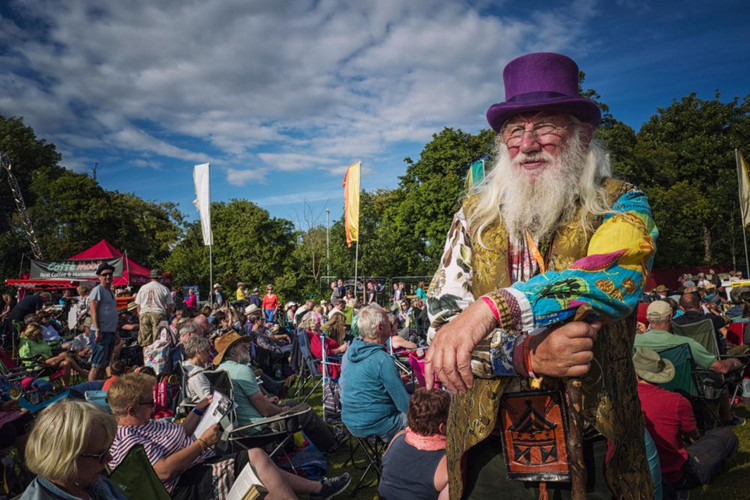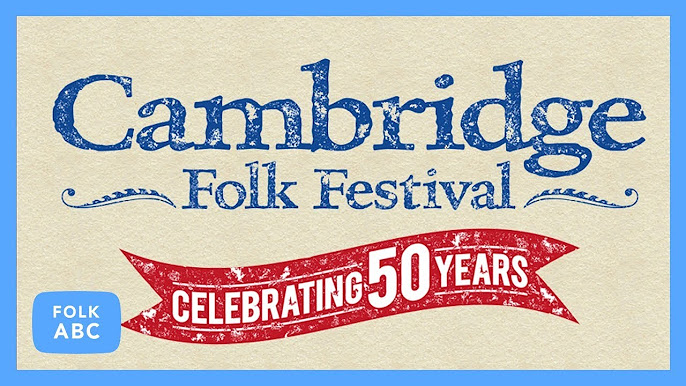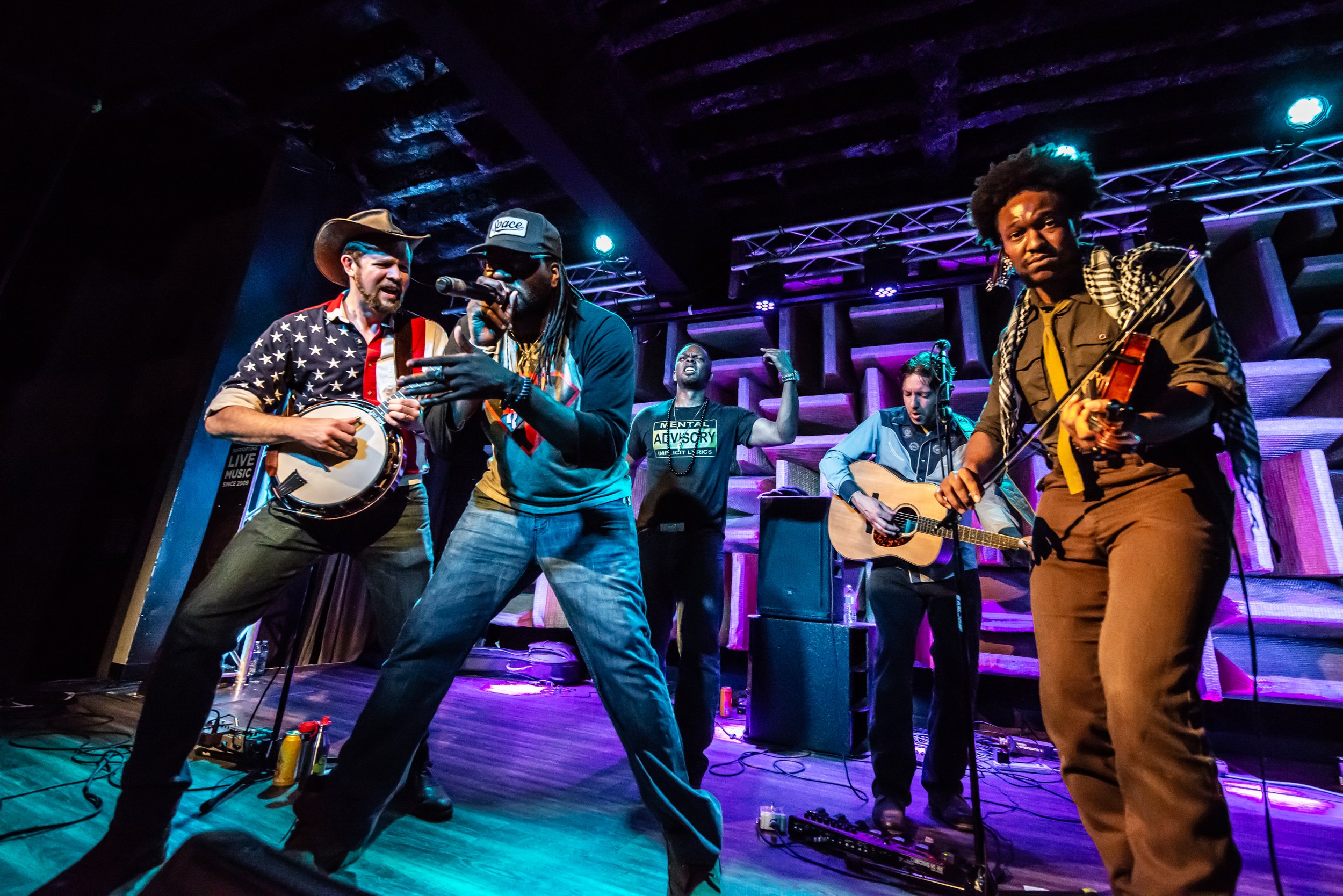The cancellation of the 2025 edition of the Cambridge Folk Festival marks a turning point in the event’s long and storied history. After suffering a £320,000 loss in 2024, largely due to rising operational costs and declining ticket sales, organizers decided to take a “fallow year” to reassess. But what went wrong—and how can the festival bounce back stronger in 2026?
Why Was the Festival Cancelled?
Launched in 1965, the Cambridge Folk Festival has long been one of Europe’s premier folk music events. But recent years have brought mounting challenges. A combination of inflation, increased artist fees, venue and logistics costs, and a shift in audience habits led to a significant financial shortfall in 2024.
Compounding this, competing festivals like Latitude changed dates, clashing with Cambridge’s schedule and siphoning off potential attendees. Industry-wide, the UK saw over 40 festivals cancelled in 2024, highlighting broader economic pressures (Association of Independent Festivals, 2024).
Cambridge City Council, facing a £11.1 million savings target by 2029, also reduced support. With no sustainable model in place, the 2025 edition was put on hold. In its place, a smaller-scale programme called “Folk In The City” will run throughout the year, with a £75,000 budget allocated for free concerts, family events, and youth folk music workshops.

Public Reaction
The news was met with disappointment. Folk singer Fran Lusty called the cancellation a “huge shock,” stressing the festival’s role in supporting emerging artists. Local resident Pranathi Ramachandra lamented the loss of a much-loved summer tradition that regularly drew 14,000 attendees.
City councillor Cheney Payne criticized the lack of transparency and failure to explore alternative funding, sparking community frustration (BBC News, 2025).
Marketing Missteps: Reaching the Right Audience
Historically, the festival relied on traditional promotional methods—local press, BBC Radio 2 coverage (until 2008), and community word-of-mouth. While these channels reached older demographics effectively, they failed to engage younger audiences.
In contrast, platforms like TikTok, Instagram, and YouTube remain largely underutilized by the festival, despite being critical tools for cultural marketing in the digital age.
Comparative Overview
| Aspect | Past Approach | Limitations |
|---|---|---|
| Promotion | Local press, radio, BBC Radio 2 | Limited reach among younger audiences |
| Social Media | Basic website presence, minimal engagement | Lacked dynamic campaigns or influencer use |
| Festival Programming | Traditional folk focus | No fusion with modern genres |
| Financial Strategy | Standard pricing, limited sponsorship | Rising costs not offset by revenue |
A Strategy for Revival in 2026
To return stronger, the festival must modernize, diversify, and reconnect with its evolving audience base. Here’s a blueprint for success:
1. Digital Marketing Revamp
- Launch vibrant campaigns on TikTok, Instagram, and YouTube.
- Showcase behind-the-scenes content, artist interviews, and live performance clips.
- Collaborate with music influencers to tap into Gen Z and Millennial audiences.
2. Community Engagement
- Year-round folk workshops in schools and community centers.
- Local partnerships (e.g. with cafes or shops offering festival discounts).
- Youth competitions and songwriting contests to spark interest early.
3. Innovative Programming
- Blend folk with genres like folktronica, indie-folk, and global sounds.
- Feature high-profile headliners alongside a platform for emerging talent.
4. Financial Sustainability
- Introduce tiered ticket options (early bird, student, family passes).
- Attract diverse sponsors and apply for arts funding.
- Commission an independent financial review (already allocated £50,000 by council in Feb 2025).
5. Sustainability & Ethical Values
- Use eco-friendly materials and promote green initiatives on-site.
- Position the festival as a climate-conscious event—appealing to ethically-minded audiences.
6. Build an Online Community
- Create an official mobile app or social hub for folk fans to connect.
- Promote user-generated content using hashtags like #CambridgeFolkRevival.
Embracing Inclusion and Global Folk Traditions
To thrive in the modern era, the festival must reflect diversity—not just in audience, but on stage:
- Global Representation: Invite artists from diverse cultural backgrounds.
- Inclusive Activities: Balance traditional dances with contemporary interpretations.
- Live Streaming: Provide virtual access to performances, reaching fans worldwide.
- Partnerships: Collaborate with cultural institutions and regional organizations to extend the festival’s reach.

Why Folk Traditions Matter—And Why They Must Evolve
Folk culture—songs, stories, dance—is the heartbeat of national identity. Yet as The Spectator noted in their article “England Needs a Folk Revival”, England has lagged behind Scotland, Wales, and Ireland in celebrating its folk roots.
To survive, folk must adapt. This means embracing fusion, technology, and modern storytelling tools. Traditional media still matters—but it should complement, not replace, a broader digital strategy.
Conclusion: A Turning Point for Cambridge Folk Festival
The cancellation of the 2025 festival is a wake-up call—but also a unique opportunity. With smart digital outreach, innovative programming, and a commitment to inclusivity and sustainability, Cambridge Folk Festival can not only recover but become a model for modern cultural festivals.
As 2026 approaches, the focus must be on revival through reinvention. The spirit of folk—its power to connect people through stories and sound—is timeless. The challenge now is to translate that spirit into the language of a new generation.
Sources Cited
- BBC News: Cambridge Folk Festival 2025 cancelled ahead of 60th anniversary
- BBC News: Festival lost £320,000 in 2024
- Cambridge Independent: Announcement on 2025 cancellation
- Association of Independent Festivals: Over 40 UK festivals cancelled in 2024
- Cambridge City Council Reports (2025)
- Official Cambridge Folk Festival Website
- The Spectator: “England Needs a Folk Revival



